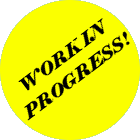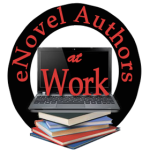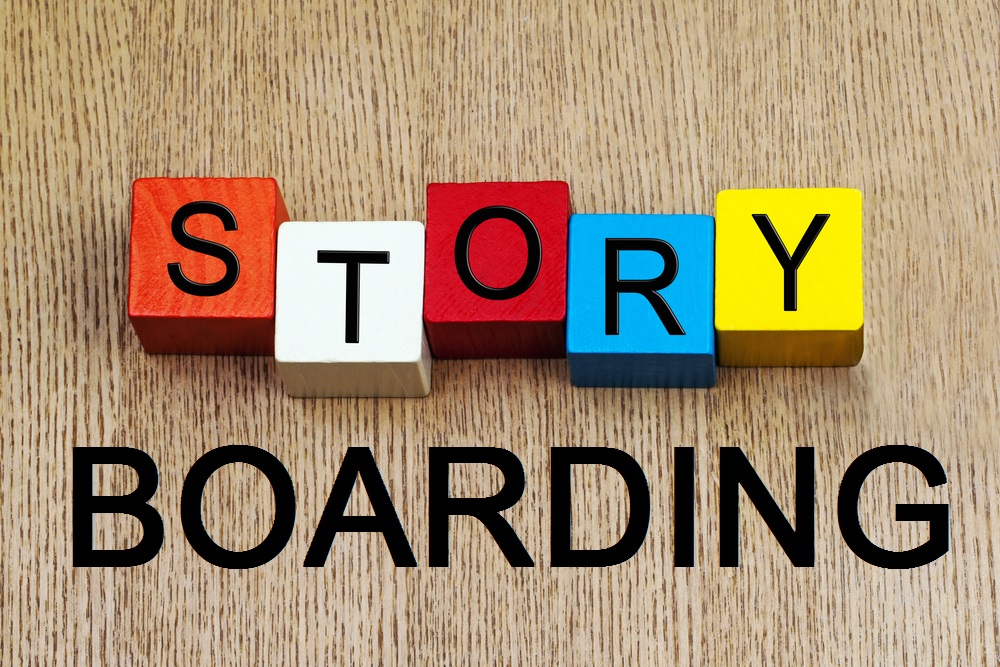by Annie Daylon

Mistakes, I’ve made a few… Are the few worth mentioning? Yes, if mentioning reinforces the lesson and helps other writers.
Recently, one of my novels was launched into the world with editing errors. The reason for this? My contract with an editor fell through (these things happen). In an attempt to meet my self-imposed deadline and in the absence of a ready-made alternative, I decided to save money by self-editing. Warning: Don’t do that!
Please note that I am not speaking of content editing here; my content editor was fantastic. I’m talking about proof-reading. I am an avid reader. I am schooled in grammar. Still I messed up. Why? Perhaps because, knowing the intent of my own words, I just I slid right over the typos toward the expected outcome.
When, in an aftermarket read, I noted a couple of errors, I sat with them for a while. Do I edit or not? Self-publishing is expensive; authors don’t make a lot of money per book. It was not until the book was purchased by the library that I jumped in to edit mode.
I edited once. Cost $79 (that’s $100 Canadian.) When I read the revised proof, I noticed that I had omitted a word.
I edited the whole thing again. Another $100. When the proof came back this time, I found one sentence in which I had inadvertently added a word, a tiny, three-letter word.
I asked the lady at Create Space if it would cost me another $100 to remove that word.
“Yes, Ma’am,” she replied.
I said “Stet,” writer speak for let it stand.
When I am about to release Book II of this series, I will go back and give Book I another sweep or, better yet, hire someone to do it for me.

I have ( and am) a Work in Progress. Sigh.
As for my work-in-progress thriller, I’m NOT editing it myself.
Dear Readers, my apologies.
Dear Writers, hire proof-readers.
Dear Everyone, If you notice any mistakes herein, drop a line in the comments. I’ll edit. Guaranteed!
I invite you to join my author journey: subscribe to blog or newsletter or both! The newsletter contains book news, blog posts, sneak previews, and, occasionally, fun facts about my beloved island of Newfoundland. To sign up, simply place the required information in the spaces provided on the right. Rest assured your email address will not be shared for any reason.
My best to you,



 the flowers dotting the background field were clover, I wrote about the scent of clover combined with the scent of sea, a combination I remember well from my days in Newfoundland. However, when I strolled through the grass near English Bay , I discovered that there was no clover. The tiny white flowers I saw were daisies. (Things are not always what they seem.) I edited my manuscript.
the flowers dotting the background field were clover, I wrote about the scent of clover combined with the scent of sea, a combination I remember well from my days in Newfoundland. However, when I strolled through the grass near English Bay , I discovered that there was no clover. The tiny white flowers I saw were daisies. (Things are not always what they seem.) I edited my manuscript. I am a multigenre author, born in Newfoundland, living in British Columbia. My novels are reflective of my bi-coastal experience in that they are set on the opposite ends of Canada: Newfoundland or Vancouver. The time element is also extreme: I plunk my work anywhere from the 1920’s to the now. The research methods vary, dictated by setting. The Newfoundland novels catapult me into the past: I read and view everything I can find on the historical events and settings. Here, I am focusing on the Vancouver novels (yes, plural because I’m nearing the end of the second) which are set in present-day and require boots-on-the ground research.
I am a multigenre author, born in Newfoundland, living in British Columbia. My novels are reflective of my bi-coastal experience in that they are set on the opposite ends of Canada: Newfoundland or Vancouver. The time element is also extreme: I plunk my work anywhere from the 1920’s to the now. The research methods vary, dictated by setting. The Newfoundland novels catapult me into the past: I read and view everything I can find on the historical events and settings. Here, I am focusing on the Vancouver novels (yes, plural because I’m nearing the end of the second) which are set in present-day and require boots-on-the ground research.



 I invite you to join my author journey: subscribe to my newsletter which contains news about books, links to blogs, and occasional fun facts about my beloved island of Newfoundland. Place your first name and email address in the space provided on the right. Rest assured your email address will not be shared for any reason.
I invite you to join my author journey: subscribe to my newsletter which contains news about books, links to blogs, and occasional fun facts about my beloved island of Newfoundland. Place your first name and email address in the space provided on the right. Rest assured your email address will not be shared for any reason. 




